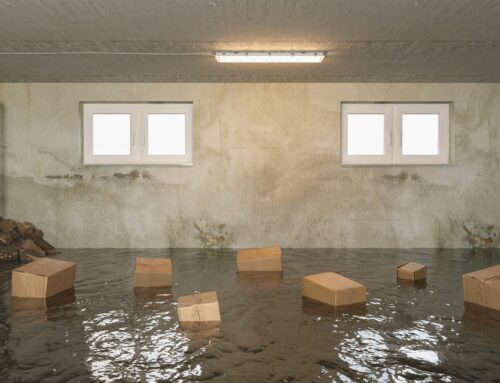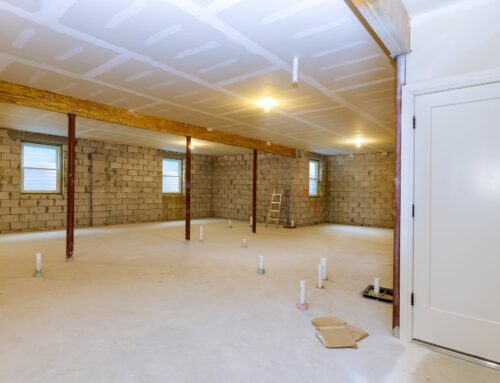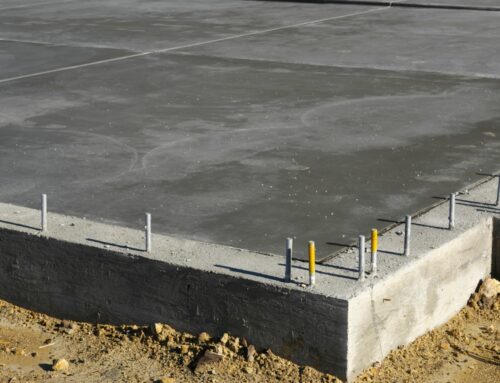Construction is one of the oldest human practices. In many parts of the world, it signaled the development of advanced civilizations. It allowed humans to create amazing monuments to human achievement. As structures and materials became more complex, so did the scope of human endeavors. And one such construction method that allowed great leaps forward in human development was plastering.
Plastering has been used in modern construction longer than most people think. In fact, it is one of the oldest construction methods still in use today, having been practiced even during the prehistoric era. In 7500 BCE, it was used in Jordan for interior walls, floors, and more. While the plasters used then are not the plasters we know today, the principle remains the same. With the mix of mud, sticks, and reeds, they used it to shelter themselves from the outside world.
Let us take a walk together through the wonderful history of plaster and its role in the development of human civilization:
In Egypt
In Egypt, plastering was used in advanced ways despite the absence of advanced tools. They mixed gypsum and lime to make plaster coverings for walls in their tombs, pyramids, and other structures. The mix allowed ancient Egyptians to decorate and paint these walls. Thousands of years later, their mix of plaster remains in many structures. Even today, we can still see the art and hieroglyphics left behind ages ago as if the Egyptians painted them only yesterday.
The Greeks
The Greeks used a different mixture in their plaster; in this language, the word takes its roots. The term “plastering” in Greek simply meant “to daub on” and was commonly done in temples. Essentially, plaster was responsible for creating the architectural wonders we still see today.
The Roman Empire
The Romans innovated the art of plastering further. They used stucco and mixed it with lime and sand to create a material to decorate their structures. They also used various types of plaster depending on the look they wanted to achieve.
For example, they used a mix of marble dust, sand, lime, and gypsum to make a finer type of plaster commonly used to enhance the aesthetics of various structures. Many structures from the Roman Empire still stand, along with their plaster designs.
Conclusion
Plaster has come a long way, from the Egyptian mixes to the ones we use today. That said, the use of plaster remains essentially the same, not to mention the tools used to handle the material. It is used on walls, floors, ceilings, and more to create stunning patterns and visuals.
If you are interested in getting some plastering services for your property, work with the experts. They’ll work with the highest-quality plaster possible and ensure that your needs are thoroughly satisfied through their expert handling of the material.
One Stop Plastering offers expert residential and commercial stucco and plastering services such as exterior plastering, concrete walls, window replacements, and more. If you need exterior plaster and stucco in Marin County, work with us today!






